On September 15, 2022, Ethereum’s long-awaited Merge was executed, marking the network’s transition from a Proof of Work (PoW) to Proof of Stake (PoS) consensus mechanism. As this content was written pre-Merge, any mentions of Ethereum using PoW are in reference to the network’s previous consensus mechanism, not its current one.
The current smart contract ecosystem is flourishing. Ethereum has risen over 99.4% during the last 30 days, hitting a new all time high of $4,221.20 at the time of writing. To complement the heightened success of other competing platforms, we have decided to discuss the smart contract ecosystem and the future potential these platforms encompass. Throughout this article we will direct our focus to 4 major platforms - Ethereum (ETH), Solana (SOL), Polkadot (DOT), and Binance Smart Chain (BSC), as they all have unique properties and offer different incentives for creators to build projects on their respective networks. The upcoming Ethereum London hardfork on July 14th is creating great anticipation to what the future of smart contracts will hold for investors, creators and the world alike.
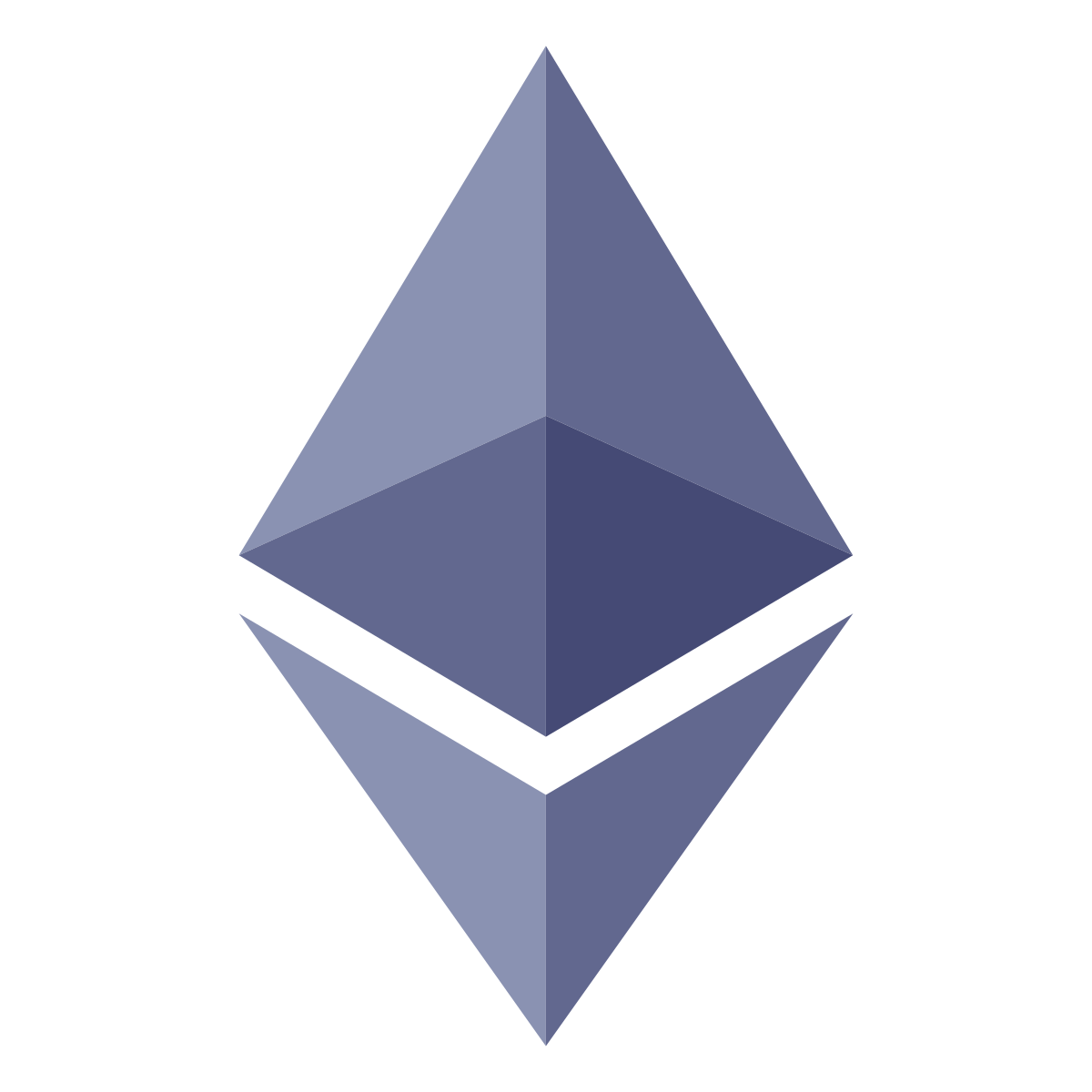
Ethereum
Ethereum is the second-largest cryptocurrency in the world by market capitalization standards, as well as the most popular smart contract blockchain platform for developers to build and create new projects. Since Ethereum went live in 2015, a multitude of other blockchains have attempted to improve on the network features. Typically, competing platforms aim to offer improved transaction speeds, costs, greater support of diverse assets, or greater staking returns. With growing competition, Ethereum is continuously under pressure to improve and innovate.
While Ethereum can only process an average of 30 transactions per second, and transaction fees on the network can cost as much as (or more than) $100, it is still the go to platform for many. This willingness to pay can be attributed to how the DeFi space is intrinsically linked, with a large majority of the biggest DeFi projects and protocols running on Ethereum’s blockchain. Uniswap, the biggest automated market maker, runs on Ethereum, along with the rest of the top 10 DeFi projects listed also operating on the blockchain network.
While the growth and success of DeFi platforms have put a strain on the Ethereum network’s ability to process transactions and have increased fees, these platforms have led to an enormous amount of value being locked in the Ethereum ecosystem.
A number of highly-anticipated updates to Ethereum are set to go live over the next couple of months. On July 14, Ethereum will integrate an upgrade called EIP-1559, London Fork which is essentially a proposal to change Ethereum's fee structure. The upgrade will reduce ETH’s overall supply by burning billions of coins that would otherwise have gone to miners. The Ethereum faithful should be excited by this since burning ETH will increase the asset's scarcity.
Furthermore, there’s the larger transition towards ETH 2.0 which switches the network to proof-of-stake, rather than the current energy-intensive proof-of-work. Currently, ETH 2.0 is in testnet, known as Steklo, which is aimed at exploring a new way of executing and finalizing transactions.
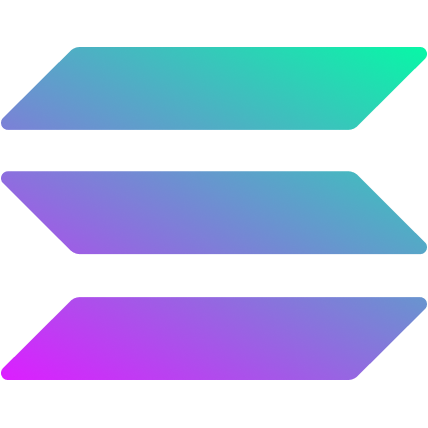
Solana
The Solana ecosystem is a single layer blockchain offering fast transaction speeds of up to 65,000 transactions per second. In addition to this, Solana has attracted over 126 unique projects. Solana’s key differentiating feature is its use of Proof of History paired with Proof of Stake as a consensus mechanism instead of the more popular (energy intensive) Proof of Work consensus mechanism that Bitcoin uses. A consensus mechanism is used to achieve the necessary agreement that the data being stored on the network is verified and correct. Solana’s aim is to enable project creators to build high growth and high frequency blockchain applications along with furthering the democratisation of the world's financial system.

Solana is a proof of stake network that uses a Proof of History mechanism to solve the issue of distributed networks not having a single trusted source of time. Validators on the network are required to constantly solve SHA256-based Verifiable Delay Functions (VDF). In essence, a VDF is solved in a specific order to produce a unique output that is then publicly verified on the network. This enables the network to be in agreeance on the timing and sequence of when events have occurred.
Solana’s success relies on the network's scalability, more formally Solana must grow a demand amongst the cryptocurrency ecosystem for individuals to build projects on their network instead of Ethereum or other competitors. Currently, 126 unique projects are either being built on or interacting with Solana’s network, these projects include Defi, NFT, Staking, wallets and Bridging tools highlighting the healthy development of Solana’s ecosystem. One factor that may be correlated to individuals building on Solana’s network is their 400ms block times helped along by their Proof of History network feature in comparison to Ethereum’s 13 second block times using their current proof of work network consensus. Solanas faster block times are also paired with cheaper transaction fees, it is estimated to cost 10 USD for every 1 million transactions on the network.
Solanas native token $SOL is used for transaction fees on the network and as a part of the blockchains design all fees are burnt creating a deflationary supply. This deflationary mechanism is used for security reasons as it should incentivise holders to stake more of their $SOL tokens increasing network security. Currently $SOL is trading at $40.78 equalling a 7423.2% return over the last year further highlighting the increasing success of Solana's ecosystem.
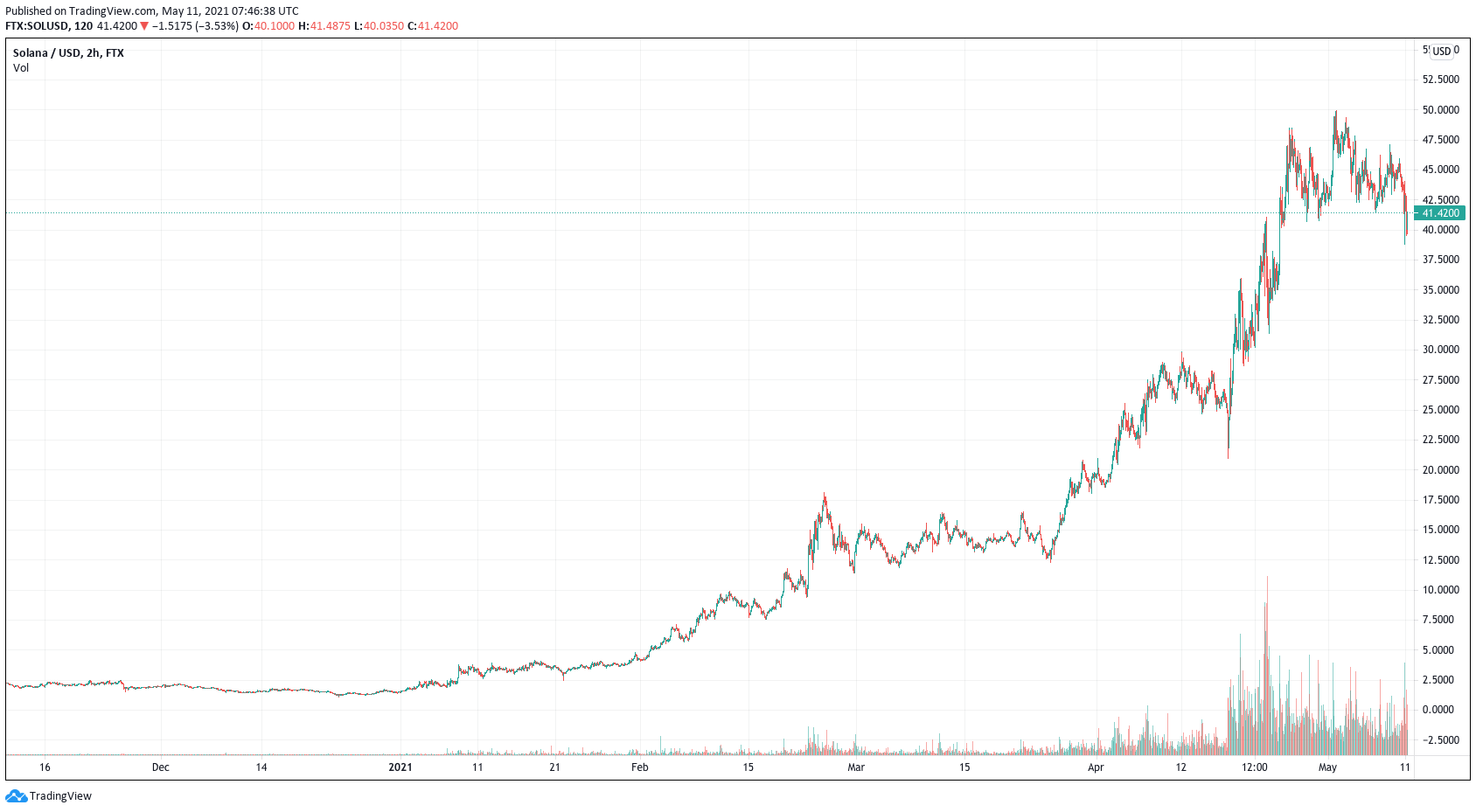

Polkadot
At its essence, Polkadot is an ecosystem of multiple blockchains; these chains are scalable and interoperable, connecting various blockchains into a cohesive decentralised network. Developers can build applications and projects on its cutting-edge Substrate framework, create custom blockchains, and enable cross-chain interaction in a secure way. Unlike Bitcoin or Ethereum, which have all undergone forks, Polkadot incentivises platform upgrades and adding new features without the need for changes in its protocol. To put this into perspective, Ethereum offers a few of the same functionalities, but developers can only create security frameworks themselves, which opens the door to potential network flaws and attacks.
For a long time, blockchain networks, such as Bitcoin and Ethereum, were predominantly singular; operating separately and disconnected from other blockchain ecosystems. Upon its entry into the ecosystem, Polkadot was differentiated by its multi-chain infrastructure, interconnecting a combination of different blockchains, thereby reducing resource consumption and data processing constraints. The platform allows over 1,000 transactions per second, shadowing Ethereum 1.0’s capacity to support a peak of 30.
Scalability and governance have always been issues that a vast range of blockchain networks have faced; Ethereum’s network is uncontested in terms of its robustness and acclaim, but until recently, its ability to handle transactional traffic has always left something to be desired for some time. Governance on decentralised platforms has also exhibited to be easy to define, but hard to perfectly achieve, especially as projects become increasingly larger and complex.
To date, over 350 projects have been built on Polkadot, and it is closely tied with its successful cousin Kusama, an earlier, adventurous testnet version of Polkadot for developers to build experimental projects. Polkadot is also one of the most popular staking networks in the ecosystem to earn passive income, with over $3 billion at the end of 2020 deposited. What’s more, Polkadot was the only token to have a positive return in the US dollar, Bitcoin, and Ether over a 90-day period since the token began trading publicly, according to The Block Research report at the time.
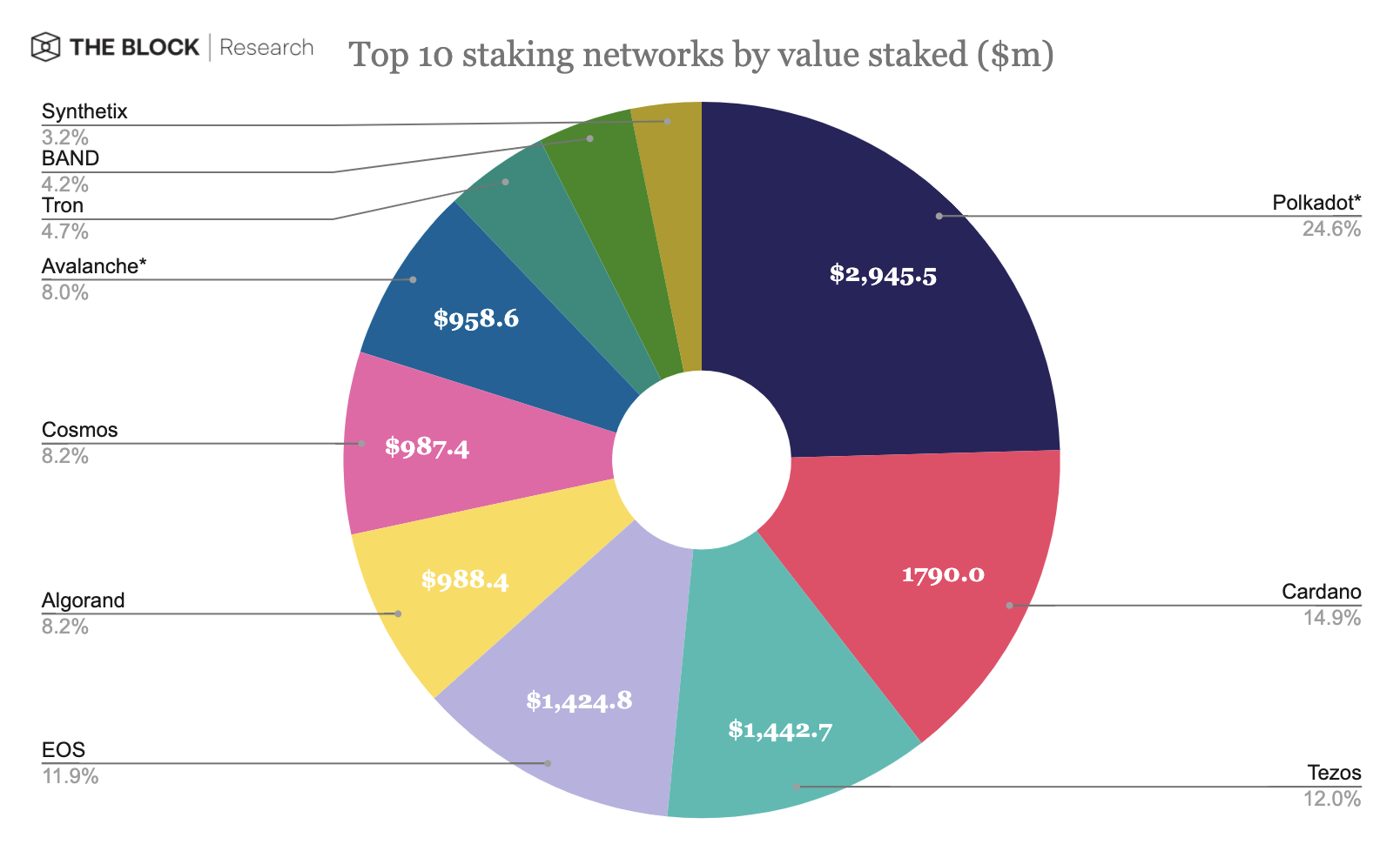
DOT remains in tight competition with various other smart contract platforms, and long-running contenders such as Ethereum have shown no sign of slowing down. As such, the saturation in this space has raised some questions about the growth potential of Polkadot. However, Polkadot is merely in its infancy, having been incepted in 2016 and diverged from Ethereum to its own mainnet in mid-2020. Now enjoying $36.32 per token at the time of writing, the project has seen great success and support in the cryptocurrency space, quickly assimilating into and remaining in the Top 10 coins by market capitalisation. Bolstered by a supportive community and an ambitious goal to become the ultimate internet of blockchains with seamless communication and capabilities, Polkadot has proven to be one of the most captivating blockchain projects to come out of the smart contract ecosystem.
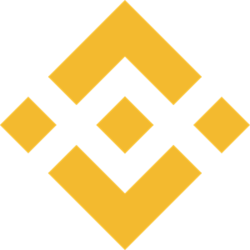
Binance Smart Chain
Binance Smart Chain (BSC) can be best described as a blockchain that runs parallel to the Binance Chain. The difference is that the Binance Smart Chain boasts smart contract functionality and compatibility with the Ethereum Virtual Machine (EVM). Since BSC is a modified Ethereum fork, it supports the rich universe of Ethereum tools and DApps as well as allowing for developers to port their projects over from Ethereum.
The Binance Smart Chain also provides faster and cheaper transactions than most other blockchains. With an average gas price of 20 gwei, sending 1 BNB worth about $500 should cost you roughly $0.01. In fact, sending ten or even a hundred times that amount still shouldn't cost you more than a few cents.
Furthermore, the Binance Smart Chain has been an easily accessible alternative for existing Ethereum developers and users with more migrations occurring as of late as some apps have been trying to win users over with the lower transaction fees. With the current state of the market and sky high ETH fees, the Binance Smart Chain is attracting unprecedented interest.
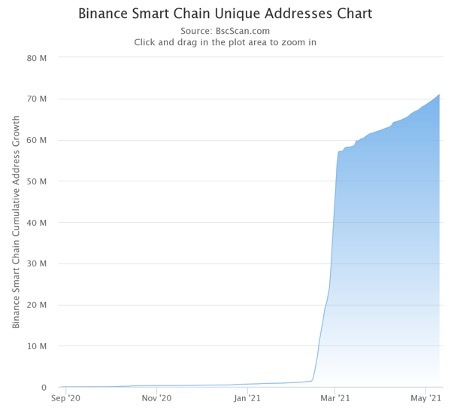
User numbers have shot from 35 unique addresses at the end of its first day of operations to over 70.9 million active users as of May 11th. Transactions per day on the network have grown from 122 on day one to 6 million on April 20th.
The Binance Smart Chain native DEX saw a massive $3.21 billion in trading volume at its peak. The surge in volume was nearly three times the amount traded on Uniswap then, which totaled $1.14 billion.
Binance has also been active in encouraging and supporting the development of new DeFi apps on the Binance Smart Chain by funding promising projects through a launched $100 million developer fund.
Closing Remarks
As of writing this, Ethereum’s dominance over competing networks is most evident by looking at market capitalization, with Ethereum being more than $300 Million larger than its closest competitor platform, BNB. However, there is also no doubt that Ethereum is facing a real UX squeeze right now from acutely high transaction fees. All things considered, leading up to the Ethereum London Hard Fork, it is going to be an exciting time for everyone involved in the cryptocurrency space and we look forward to creating an update in the future discussing how each individual platform has progressed.

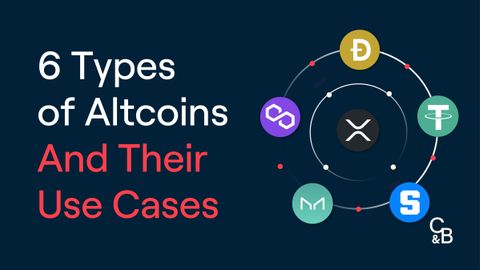
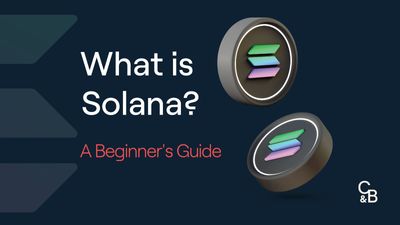
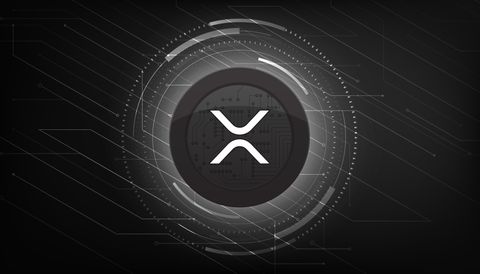
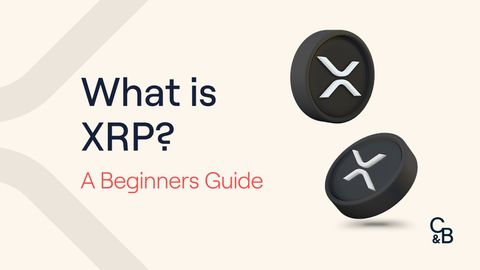
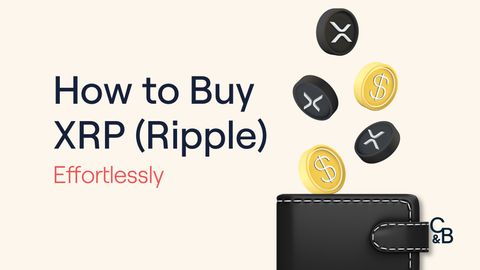
.png?u=https%3A%2F%2Fimages.ctfassets.net%2F4ua9vnmkuhzj%2F1PjLgWLIMUO2pzaZiPx5Dh%2F3348eab4e3ed605ef2edb43ec8e1f74f%2FBlog-Cover__15_.png&a=w%3D480%26h%3D270%26fm%3Dpng%26q%3D80&cd=2023-02-28T02%3A58%3A44.085Z)